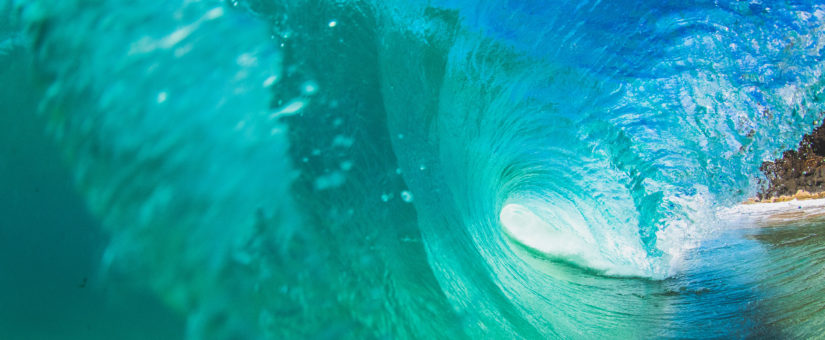
What the sea needs on World Oceans Day 2019
- Posted by Tom Rayner
- On June 8, 2019
“You never enjoy the world aright, till the Sea itself floweth in your veins.”
In the mid 1600s, English poet and clergyman Thomas Traherne penned Centuries of Meditations, a collection of paragraphs vividly detailing his reverence for the natural world.
In it, he set a signpost towards awakening.
Hundreds of years later, that signpost remains abundantly clear.
For humanity to peacefully inhabit the world, we should reframe our relationship with nature. We should, with great gratitude, come to know that we are fortunate for it and, by extension, rise to our collective responsibility to guard it.
Since Traherne’s time, we’ve learned a lot about the natural world. We’ve discovered microorganisms, the cell nucleus, hormones and photosynthesis. We’ve observed that marine ecosystems are complex and interconnected. We’ve even found that sperm whales sleep standing up.
However, we’ve failed as grateful guardians. 1 million species are at risk of extinction within decades. In the sky, 40% of bird species are in decline. On land, 32% of global forests have been lost. At the ocean’s edge, 50% of coastal wetlands are gone and the rest face a range of threats.
World Oceans Day presents a chance to reflect on our collective failure and to look towards the future. How can we halt the loss and repair the damage done? How can we transform our relationship with nature? And, what does that look like when it comes to figuring out what could actually be done?
For the scientific community, including researchers and managers responsible for oceans, this means communicating what is already known about how the ocean works, deepening our understanding of things we’re just beginning to grasp, and continuing to explore the unknown.
On the surface, it means being very clear about what the sea needs.
Ultimately, it means recognising that the sea doesn’t just need a day, it needs us to let it flow in our veins.


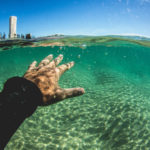
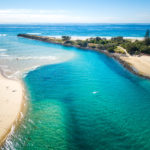
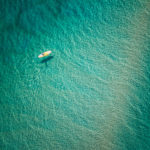
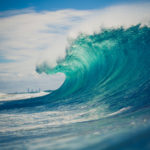

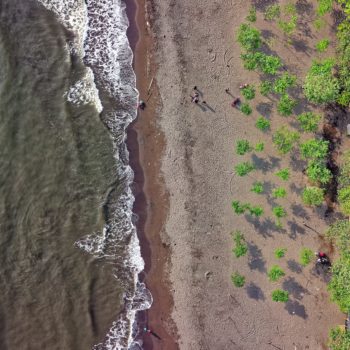
0 Comments